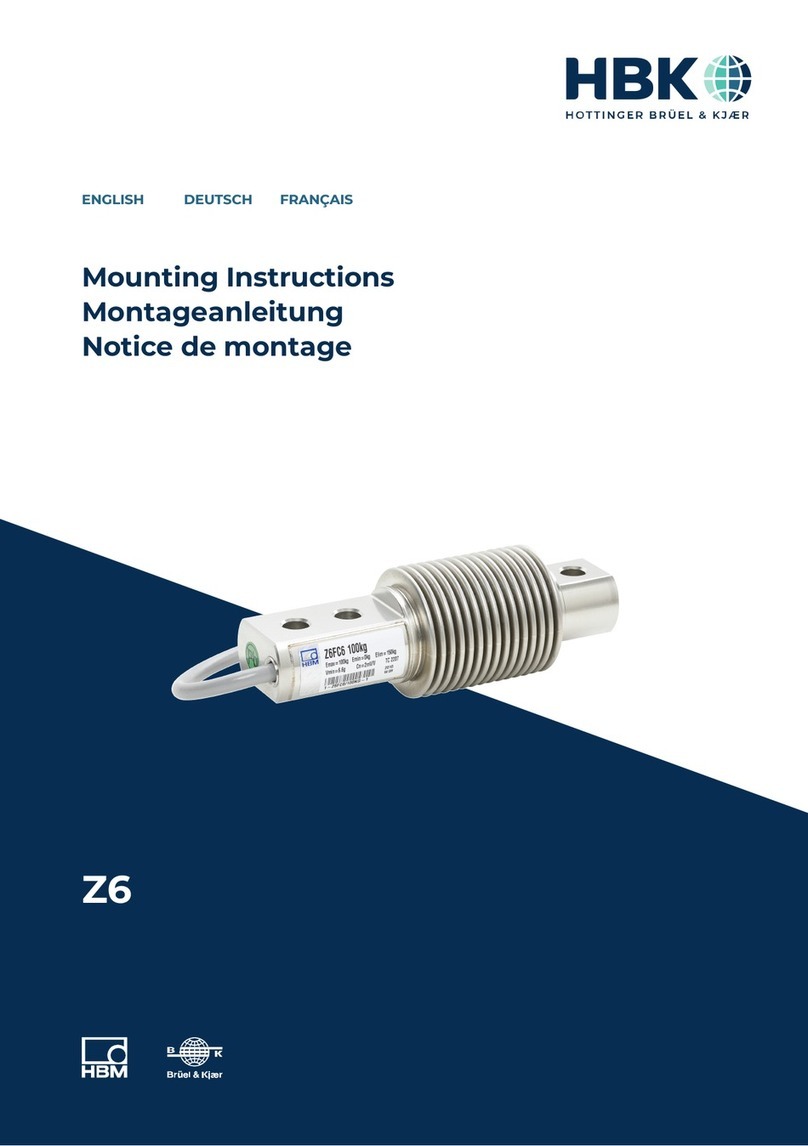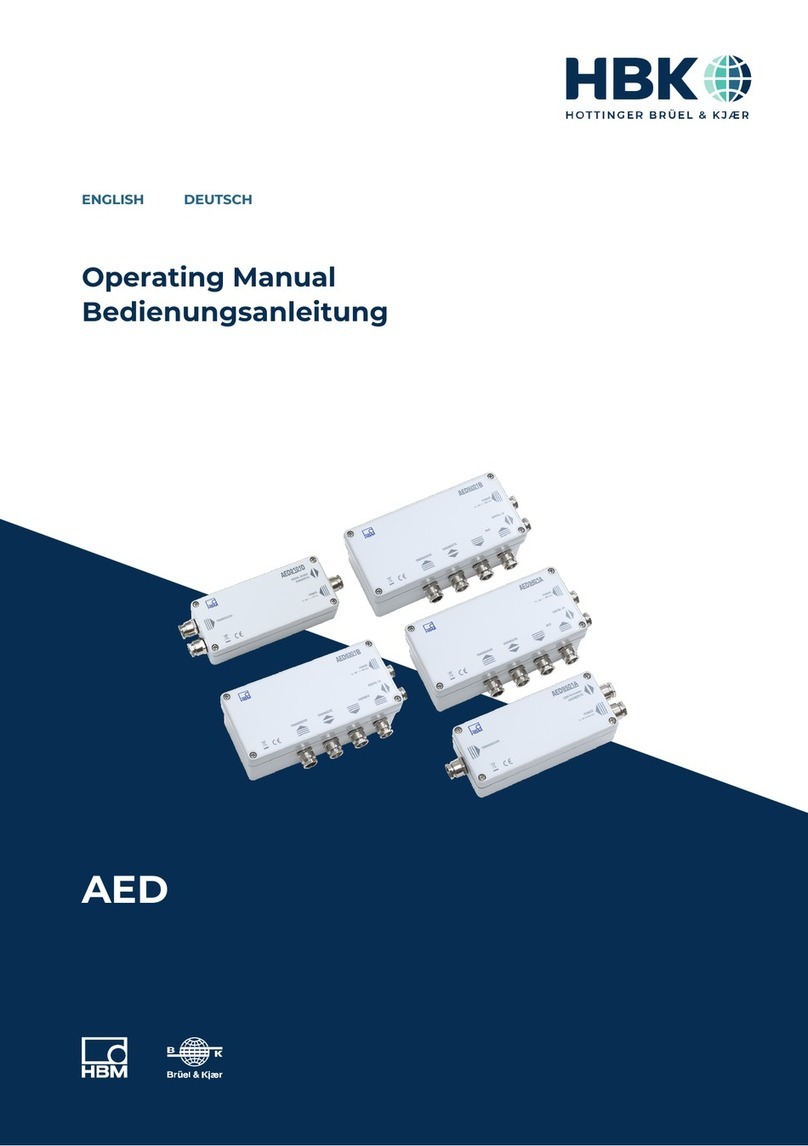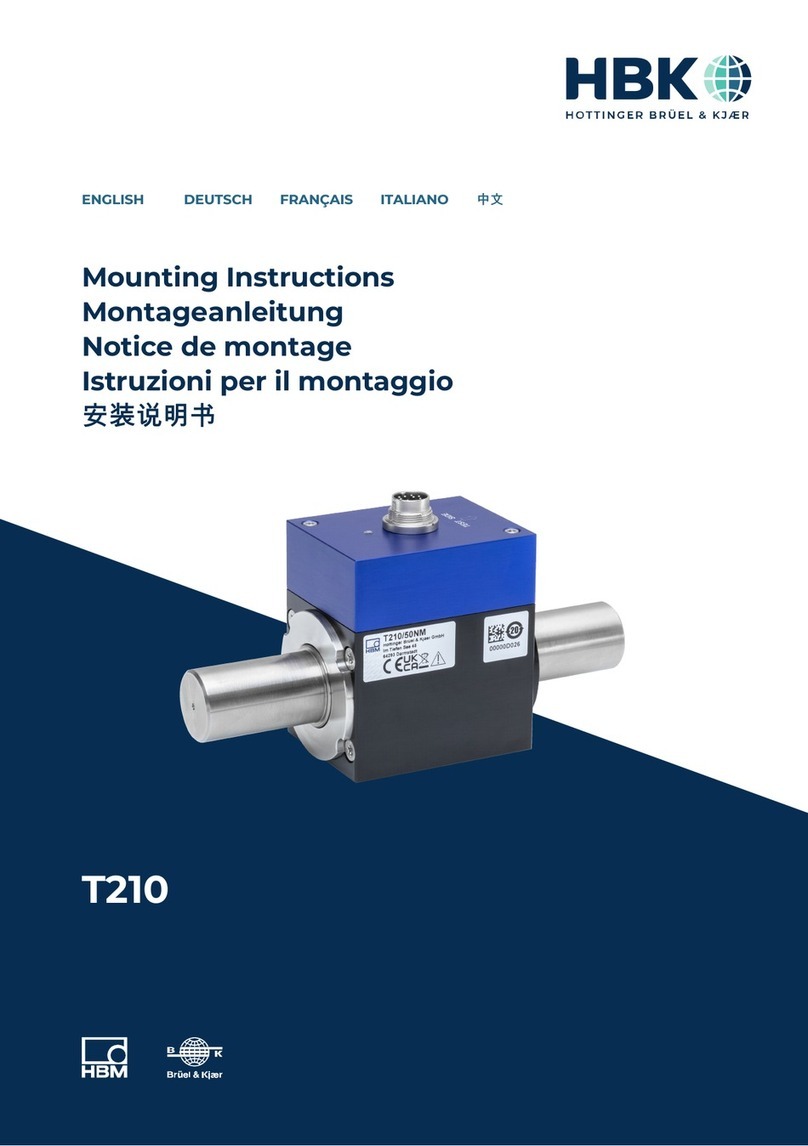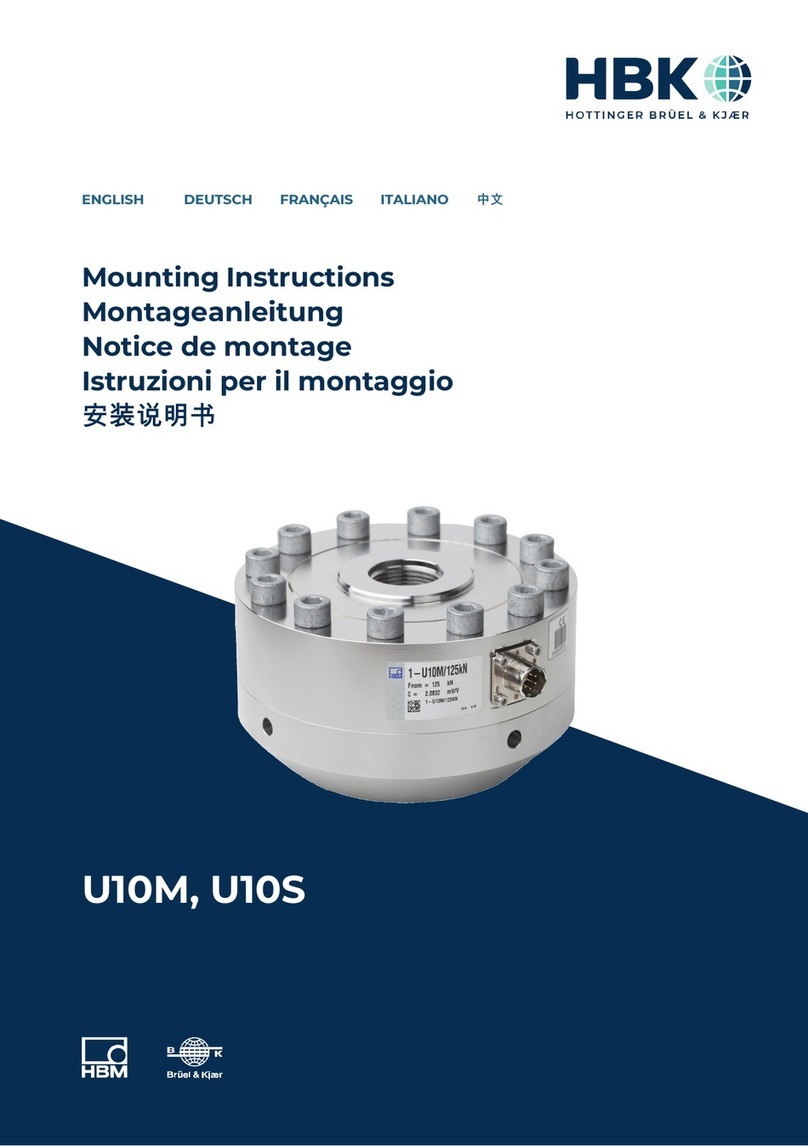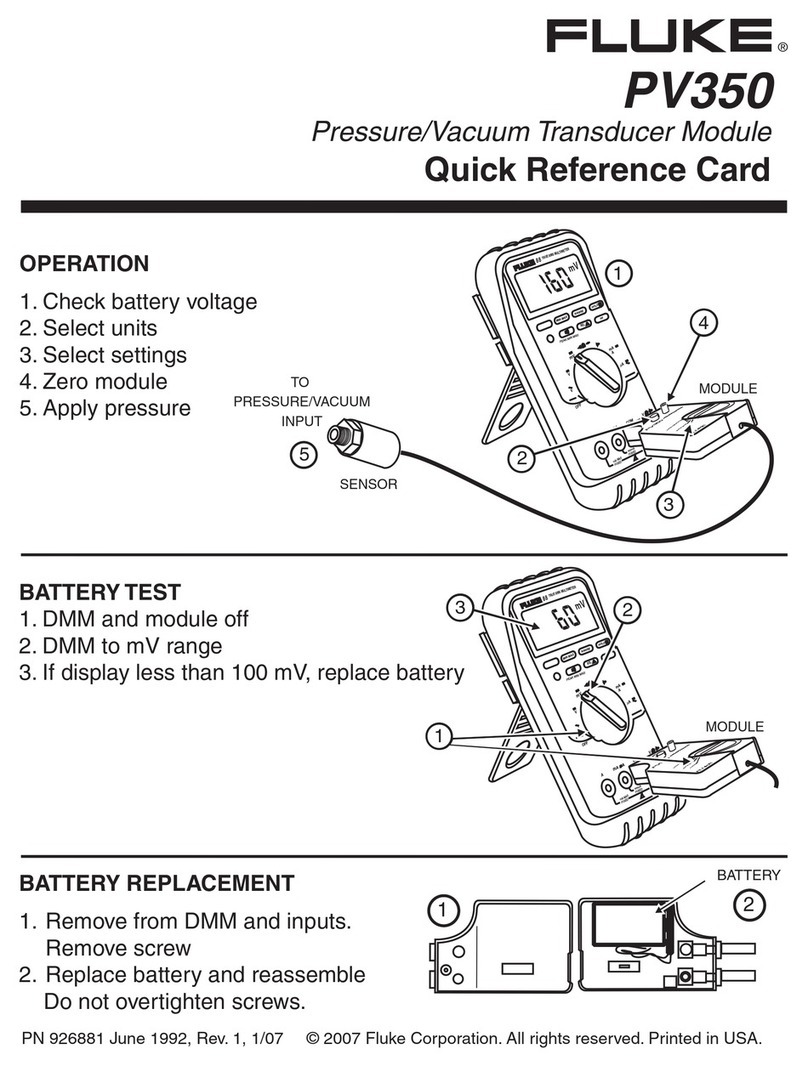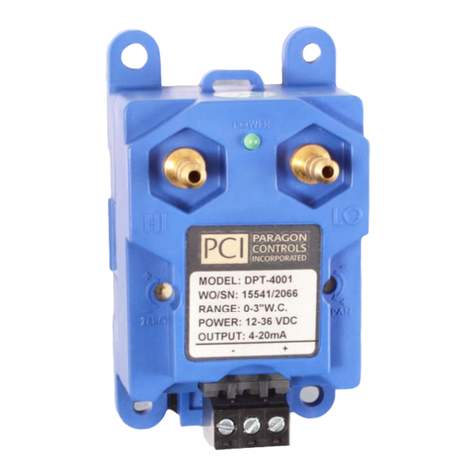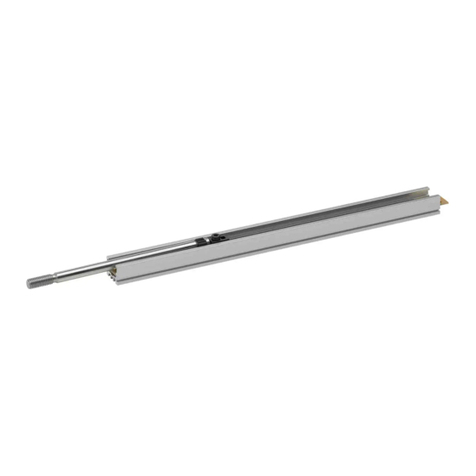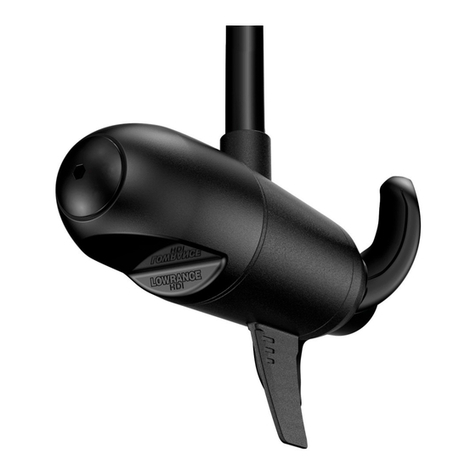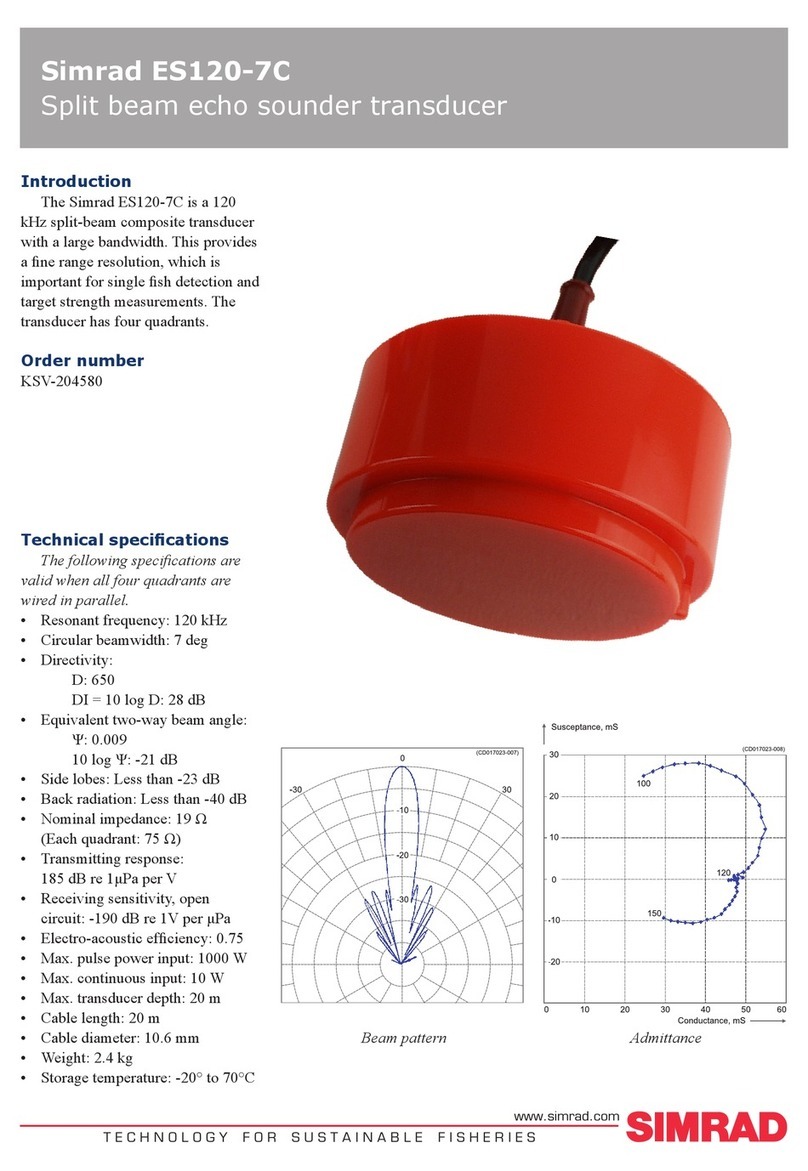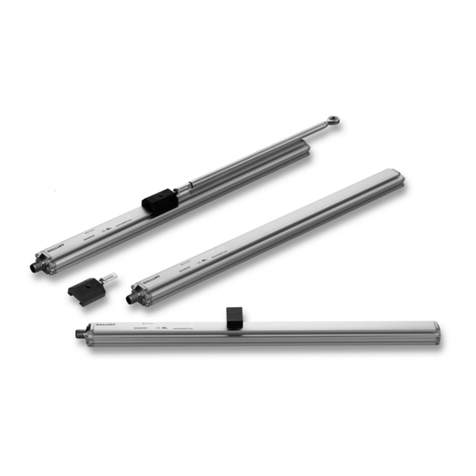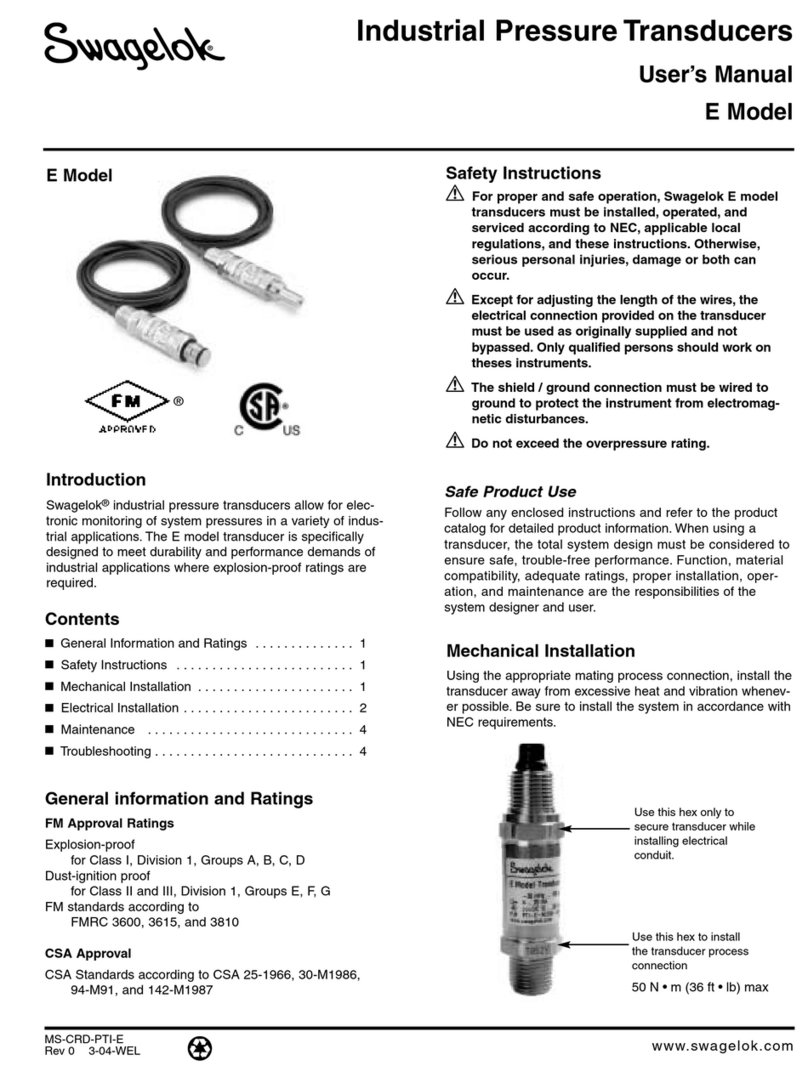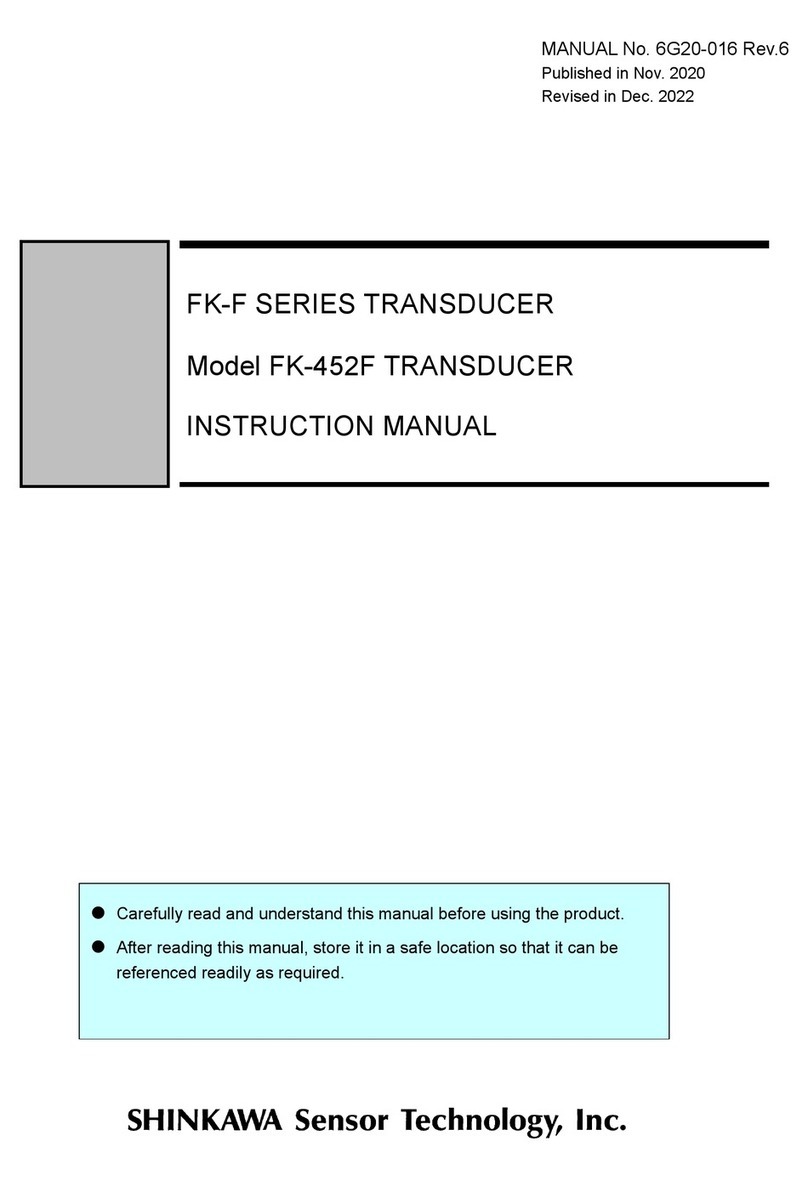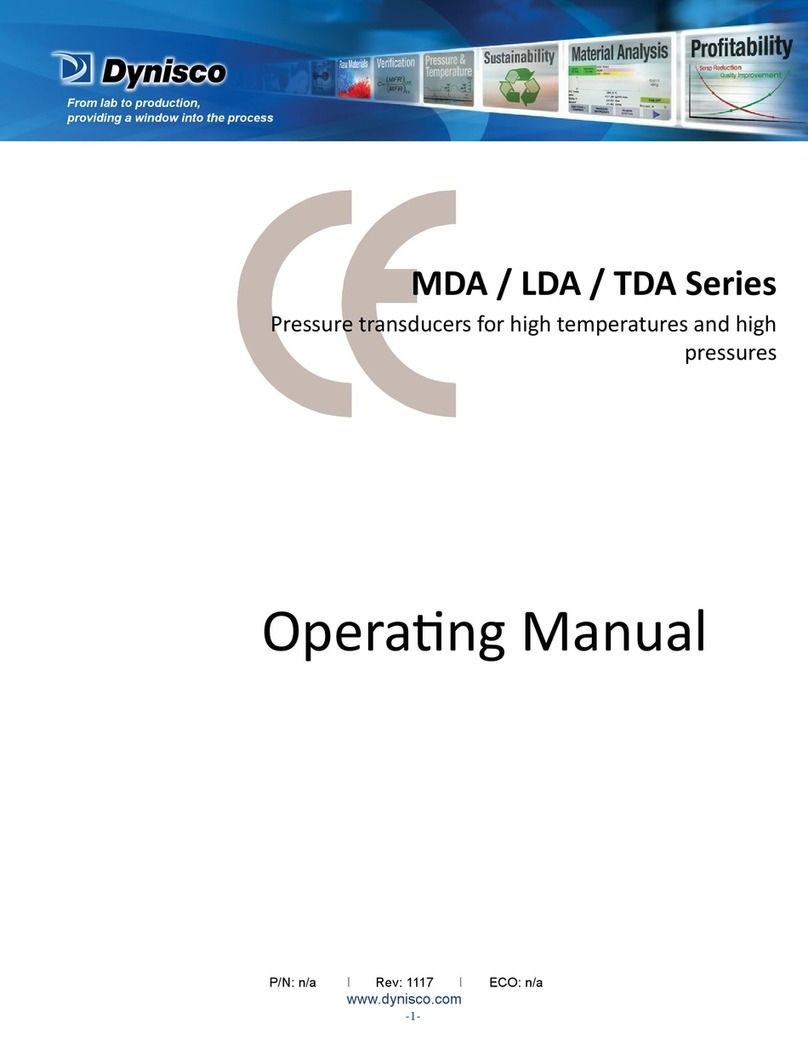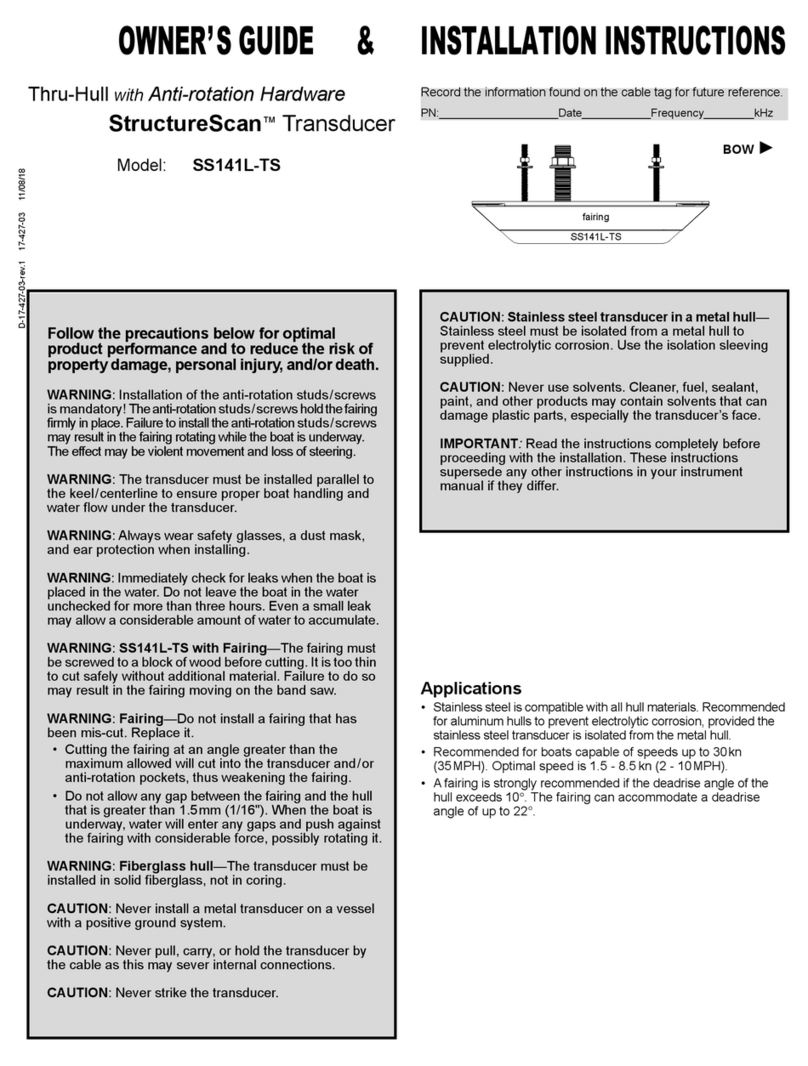HBK AED 9101D User manual

AED
9101D, 9201B, 9301B, 9401A, 9501A
ENGLISH DEUTSCH
Quick Start Guide
Kurzanleitung

Hottinger Brüel & Kjaer GmbH
Im Tiefen See 45
D-64293 Darmstadt
Tel. +49 6151 803-0
Fax +49 6151 803-9100
www.hbkworld.com
Mat.:
DVS: A01780 05 X00 00
11.2021
EHottinger Brüel & Kjaer GmbH
Subject to modifications.
All product descriptions are for general information
only. They are not to be understood as a guarantee of
quality or durability.
Änderungen vorbehalten.
Alle Angaben beschreiben unsere Produkte in allge
meiner Form. Sie stellen keine Beschaffenheits- oder
Haltbarkeitsgarantie dar.

AED
9101D, 9201B, 9301B, 9401A, 9501A
ENGLISH DEUTSCH
Quick Start Guide

AED
TABLE OF CONTENTS
2
TABLE OF CONTENTS
1 Safety Instructions 3................................................
2 Markings Used 6...................................................
2.1 Markings used in this document 6.....................................
2.2 Symbols on the device 6.............................................
3 Method of Operation and Functions 7..................................
4 Mechanical Construction 8...........................................
4.1 Mechanical construction AED9101D 8.................................
4.2 Mechanical construction AED9201B 9.................................
4.3 Mechanical construction AED9301B 10.................................
4.4 Mechanical construction AED9401A 11..................................
4.5 Mechanical construction AED9501A 12..................................
5 Electrical Connection 13..............................................
5.1 Ground (GND) and shield wiring 13.....................................
5.2 PG gland 13.........................................................
6 HBM Software 15....................................................
7 Technical Support 17.................................................

3
AED
SAFETY INSTRUCTIONS
1 SAFETY INSTRUCTIONS
Intended use
The device is to be used exclusively for measurement tasks and directly related control
tasks within the operating limits detailed in the specifications. Use for any purpose other
than the above is deemed improper use.
Any person instructed to carry out installation, startup or operation of the device must
have read and understood the operating manual and in particular the technical safety
instructions.
In the interests of safety, the device should only be operated by qualified personnel and
as described in the Operating Manual. The same applies to the use of accessories.
The device is not intended for use as a safety component. Please also refer to the “Addi
tional safety precautions” section. Proper and safe operation requires proper transporta
tion, correct storage, siting and mounting, and careful operation.
Operating conditions
SProtect the device from direct contact with water.
SProtect the device from moisture and weather such as rain or snow. The protection
class of the device is IP65 (DIN EN 60529).
SDo not expose the device to direct sunlight.
SComply with the maximum permissible ambient temperatures and the specifications
regarding maximum humidity.
SThe design or safety engineering of the device must not be modified without our ex
press consent. In particular, any repair or soldering work on motherboards (replace
ment of components) is prohibited. When exchanging complete modules, use only
genuine parts from HBM.
SThe device is supplied ex works with a fixed hardware and software configuration.
Changes can only be made within the range of possibilities described in the corre
sponding documentation.
SThe device is maintenance free.
SPlease note the following when cleaning the housing:
-Disconnect the device from all current and voltage supplies.
-Clean the housing with a soft, slightly damp (not wet!) cloth. Never use solvent, as
this could damage the label or the housing.
-When cleaning, ensure that no liquid gets into the device or connections.
SDevices that are no longer usable must be disposed of separately from regular house
hold waste in accordance with national and local regulations for environmental pro
tection and raw material recovery.

AED
SAFETY INSTRUCTIONS
4
Qualified personnel
Qualified persons are individuals entrusted with the installation, fitting, startup and oper
ation of the product and with the relevant qualifications for their work.
This includes people who meet at least one of the three following criteria:
SThey have knowledge of the safety equipment and procedures of measurement and
automation systems, and are familiar with them as project personnel.
SThey are operating personnel of measurement or automation systems and have been
instructed on how to handle the machinery. They are familiar with the operation of the
equipment and technologies described in this document.
SAs a commissioning or service engineer, they have successfully completed training on
the repair of automation plants. Moreover, they are authorized to start up, ground and
label circuits and equipment in accordance with safety engineering standards.
Working safely
SThe device must not be directly connected to the power supply system. The supply
voltage must not exceed 30VDC.
SError messages should only be acknowledged once the cause of the error has been
eradicated and there is no further danger.
SAutomation equipment and devices must be designed to ensure adequate protection
or locking against inadvertent actuation (e.g. access control, password protection,
etc.).
SFor devices operating in networks, safety precautions must be taken in terms of both
hardware and software, so that an open circuit or other interruptions to signal trans
mission do not result in undefined states or loss of data in the automation device.
SFollowing work on settings or password-protected activities, make sure that any con
trols that may be connected remain in a safe condition until the switching behavior of
the device has been tested.
Additional safety precautions
Additional safety precautions must be taken in plants where malfunctions could cause
major damage, loss of data or even personal injury. You can find details e.g. in the acci
dent prevention regulations applicable to your particular application.
The performance and scope of supply of the device cover only a small proportion of test
and measuring equipment. Before starting up the device in a plant, first perform a project
planning and risk analysis, taking into account all the safety aspects of measurement
and automation engineering, to minimize residual risk. This particularly concerns the
protection of personnel and equipment. In the event of a fault, appropriate precautions
must produce safe operating conditions.

5
AED
SAFETY INSTRUCTIONS
General dangers of failing to follow the safety instructions
This is a state-of-the-art device that is safe to operate. However, there may be residual
risks if the device is installed or operated incorrectly.

AED
MARKINGS USED
6
2 MARKINGS USED
2.1 Markings used in this document
Importantinstructions are specifically identified. Following these instructions is essential
in order to prevent accidents and damage to property.
Icon Meaning
Notice This marking draws your attention to a situation in
which failure to comply with safety requirements
could lead to property damage.
Important
This marking draws your attention to important infor
mation about the product or about handling the prod
uct.
Tip
This marking indicates tips for use or other informa
tion that is useful to you.
Emphasis
See …
Italics are used to emphasize and highlight text and
identify references to sections of the manual, dia
grams, or external documents and files.
Device →New Bold text indicates menu items, as well as dialog and
window headings in the program environment. Ar
rows between menu items indicate the sequence in
which the menus and sub-menus are called up
Sample rate Bold text in italics indicates inputs and input fields in
the user interfaces.
uThis marking indicates an action step.
2.2 Symbols on the device
CE mark
With the CE mark, the manufacturer guarantees that the product
complies with the requirements of the relevant EC directives (the
Declaration of Conformity can be found on the HBM website
HBM (www.hbm.com) under HBMdoc).
Statutory waste disposal marking
In accordance with national and local environmental protection
and material recovery and recycling regulations, old devices that
can no longer be used must be disposed of separately and not
with normal household garbage.

7
AED
METHOD OF OPERATION AND FUNCTIONS
3 METHOD OF OPERATION AND FUNCTIONS
The AED digital transducer electronics (acronym from the German: AufnehmerElek
tronikDigital) digitally condition the signals from SG1) transducers and offer different
interfaces, depending on the version. This way, you can connect SG transducers to a PC
or PLC in a full bridge circuit and create complete measurement chains at little expense.
The basic AED device accommodates the AD103C amplifier board, which digitizes and
processes the signal from the transducer. It provides:
Smechanical protection (IP65),
Sthe voltage supply for the amplifier board and transducer excitation,
Sbridge excitation voltage for SG transducers with a total bridge resistance of
80 … 4000 Ω or 40 … 4000 Ω (AED9101D only),
San EMC-tested combination of basic device and AD103C amplifier board,
Sa diagnostics bus,
Sdepending on the version, serial interfaces RS‐422, RS‐485 or RS‐232 or industrial
bus systems CANopen®, DeviceNet®or PROFIBUS®.
Important
The AD103C amplifier board is not included in the scope of supply of the basic device,
and must be ordered separately.
The PanelX PC software is provided for easy setting of all parameters, displaying dy
namic measurement signals, and comprehensive analysis of the system.
Download the free software from the HBM website's Weighing Technology section:
https://www.hbm.com/AED
. All the AED commands and the different bus systems are
described in the program's online help.
Basic device Interfaces Inputs and outputs Industrial
amplifiers
AED9101D RS‐232, RS‐485 Trigger input
AD103C
AED9201B RS‐232, RS‐485 Digital IOs (electrically isolated)
AED9301B PROFIBUS Digital IOs (electrically isolated)
AED9401A CANopen or
DeviceNet
Digital IOs (electrically isolated)
AED9501A CANopen or
DeviceNet
Trigger input
1) Strain Gage

AED
MECHANICALCONSTRUCTION
8
4 MECHANICAL CONSTRUCTION
The AD103C amplifier board is a plug-in board that is inserted into the carrier board of
the basic device via a plug connection. The basic device features terminals for connect
ing the transducers, for connecting the power pack and interface and, depending on the
version, setting options for the interface. The connection cables exit the housing via PG
glands on the side.
4.1 Mechanical construction AED9101D
1
1 Transducer connection
2 Interface setting (bus termination, interface type)
3 RS‐485 bus terminator
4 AD103C amplifier connection
5 Terminals for interface, supply voltage, trigger input and diagnostics bus
23
45
Fig. 4.1 Mechanical construction AED9101D

9
AED
MECHANICALCONSTRUCTION
4.2 Mechanical construction AED9201B
12
45
3
1 Transducer connection
2 Interface setting (RS-232 or RS-485)
3 Power supply and interface connection (electrically isolated from AD103C)
4 AD103C amplifier connection
5 Digital I/O (electrically isolated from AD103C) and diagnostics bus
Fig. 4.2 Mechanical construction AED9201B

AED
MECHANICALCONSTRUCTION
10
4.3 Mechanical construction AED9301B
1
LED4
3
2
LED3
LED2
LED1
456
1 AD103C amplifier connection
2 Power supply and digital I/Os (electrically isolated from AD103C and PROFIBUS)
3 Transducer connection
4 Interface address setting
5 PROFIBUS connection (electrically isolated)
6 Diagnostics bus
7 Bus termination (PROFIBUS) and PROFIBUS disconnection (for diagnosis)
7
Fig. 4.3 Mechanical construction AED9301B
LED Function Explanation
LED1
(green)
PROFIBUS power
supply
The LED lights up to indicate that there is a
supply voltage to the interface driver.
LED2
(green)
PROFIBUS data
exchange
Shows the status of data exchange for cyclic
data exchange.
LED3
(yellow)
PROFIBUS diagnosis The LED is lit if there is an internal error. The
measurement data may be invalid.
LED4 (red) PROFIBUS error The LED lights up if there is an bus error. Pos
sible causes:
- Incorrect wiring (A and B transposed?)
- PROFIBUS master not (yet) working

11
AED
MECHANICALCONSTRUCTION
4.4 Mechanical construction AED9401A
3
1 AD103C amplifier connection
2 CAN bus or DeviceNet bus selection
3 Power supply and digital outputs (electrically isolated from AD103C)
4 Digital inputs (electrically isolated from AD103C)
5 Transducer connection
6 Bus termination
7 Disconnection of AED from the bus system
8 Diagnostics bus
9 CAN bus and DeviceNet (electrically isolated from AD103C)
10 LED power supply
124
56789
10
Fig. 4.4 Mechanical construction AED9401A

AED
MECHANICALCONSTRUCTION
12
4.5 Mechanical construction AED9501A
1 Transducer connection
2 Bus termination
3 CANopen and DeviceNet interfaces (electrically isolated from AD103C)
4 AD103C amplifier connection
5 CANopen or DeviceNet bus selection
6 Power supply and trigger input connections
1 2 3
456
Fig. 4.5 Mechanical construction AED9501A

13
AED
ELECTRICAL CONNECTION
5 ELECTRICAL CONNECTION
Notice
Electroniccomponents are sensitive to electrostatic discharge (ESD). So you must dis
charge your own static electricity before opening the device. We recommend wearing an
antistatic band (conductive wristband) and using a conductive base.
The required power supply is an extra-low voltage (max. 30 VDC ) with protective separa
tion from the mains.
Tip
A connection diagram is attached with adhesive inside the cover of the basic device.
5.1 Ground (GND) and shield wiring
Use shielded cables for the connections to the transducer and interfaces. Connect the
shield fully to both sides of the housing of the devices or to metal connectors or metal
ized connector housings, not to the measurement ground, GND or the power supply 0V.
A double shielded cable is advantageous for improved EMC.
Notice
At cable lengths of 30 meters or more, there is a risk that the individual bus nodes will
have different ground potentials. In this case, use a separate cable to equalize the poten
tial between the bus nodes.
For potential equalization, the best choice is a flexible cable with a minimum conductor
cross-section of 10mm2.
5.2 PG gland
Fig. 5.1 shows you how to lead a cable through a PG gland, and how to apply the cable
shield correctly. If a connection does not have a suitable connector, lay the cable shield
over the full surface to ground or housing ground, e.g. using a shielded terminal.

AED
ELECTRICAL CONNECTION
14
Depending on the de
sired wire length L, re
move the outer cable
sheath
Push the screwed cable
gland with the gasket
and thrust collars over
the end of the cable
Strip and tin the wire
ends
Shorten the cable
shield and bare the
stranded wires
Ground sleeve
Radially
fan out the
cable
shield
Push the ground sleeve
between the stranded
wires and the cable
shield until it comes to a
stop, press the shield to
the sleeve flange, cut off
any excess
Push the cable
through the intermedi
ate gland on the hous
ing until it comes to a
stop, bring the
screwed cable gland
forward and screw
down tightly
12
34
Fig. 5.1 Cable connection via PG gland

15
AED
HBM SOFTWARE
6 HBM SOFTWARE
Download the PanelX program from the HBM website's Weighing Technology section:
https://www.hbm.com/AED
. Then install the program on your PC.
Follow the procedure below to set up the AED:
uConnect a transducer to the AED.
uConnect the AED to your PC.
uStart the PanelX program.
uClick on Scan (Fig. 6.1 on page 15).
uSelect the interface you want to use to connect: CANopen, DeviceNet or RS232/485
for the diagnostics bus (Fig. 6.2). If you are connecting the diagnostics bus via a USB-
to-RS232 adapter, select the relevant virtual port for RS232/485.
uSet the baud rate you will be using.
uClick on Scan.
This will run the bus scan.
uIf a connection is possible, the AED is displayed below the interface.
uClick on OK.
Switch to the other program menus to make further settings.
Choose Options →User level →Administrator to access all the settings.
Fig. 6.1 Accessing the Scan dialog

AED
HBM SOFTWARE
16
Fig. 6.2 Selecting the bus system and baud rate

17
AED
TECHNICALSUPPORT
7 TECHNICAL SUPPORT
If you have any problems while working with the AED, you can use the following services:
E-mail support
Telephone support
Telephone support is available on all working days from 09:00 to 5:00 PM (CET/CEST):
+49 6151 803-0
The following options are also available: HBM Support and Sales International:
https://www.hbm.com/en/0051/worldwide-contacts/
.
Headquarters worldwide
Europe:
Hottinger Brüel & Kjaer GmbH
Im Tiefen See 45, 64293 Darmstadt, Germany
North and South America
HBM, Inc., 19 Bartlett Street, Marlborough, MA 01752, USA
Tel. +1 800-578-4260
Fax +1 508-485-7480
E-mail: [email protected]
Asia:
Hottinger Brüel und Kjaer Co., Ltd.
106 Heng Shan Road, Suzhou 215009, Jiangsu, PR China
Tel. +86 512-682-47776
Fax +86 512-682-59343
E-mail: [email protected]
Other manuals for AED 9101D
1
This manual suits for next models
4
Table of contents
Languages:
Other HBK Transducer manuals
Popular Transducer manuals by other brands
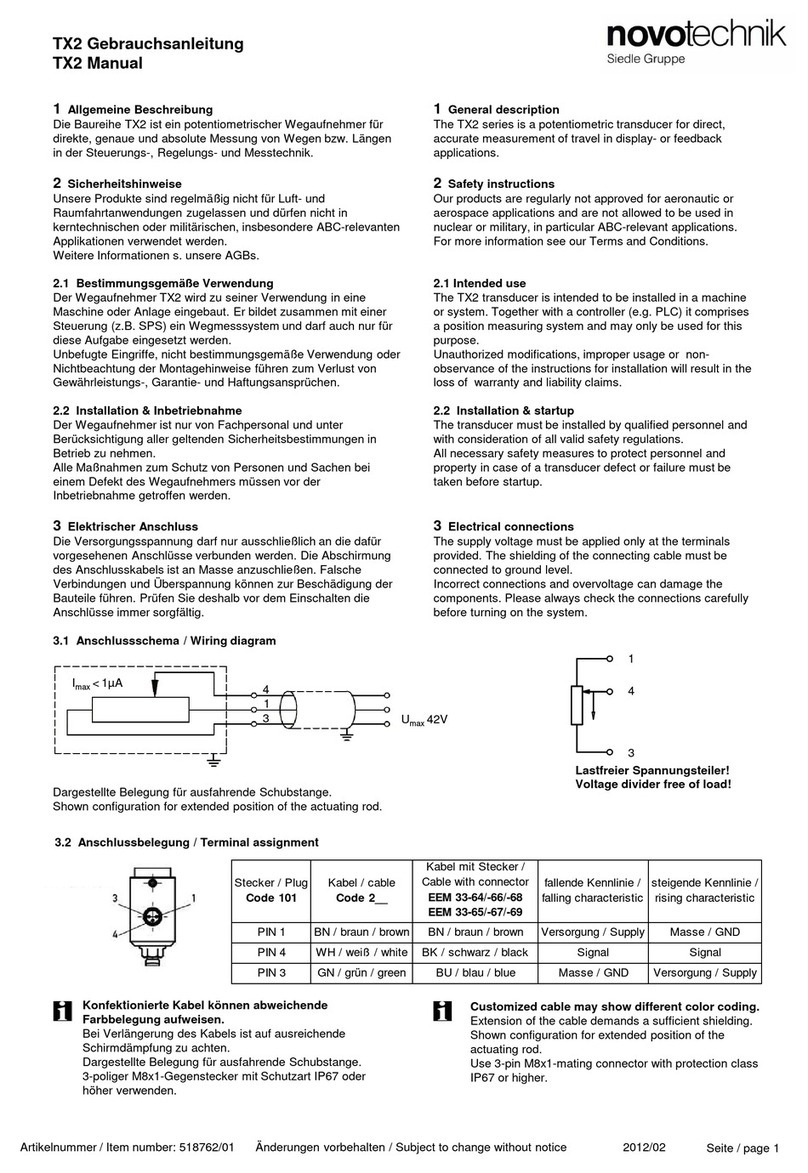
Siedle
Siedle Novotechnik TX2 Series manual
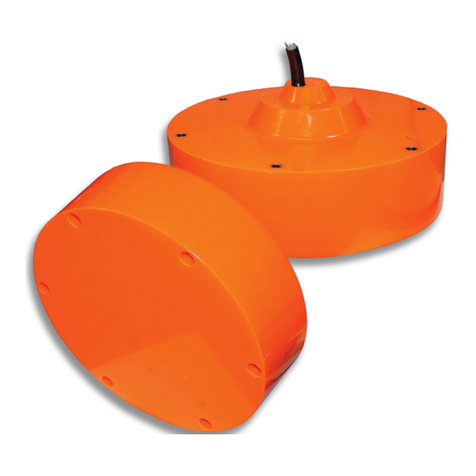
Simrad
Simrad ES38-10 - INSTALLATION REV H installation manual
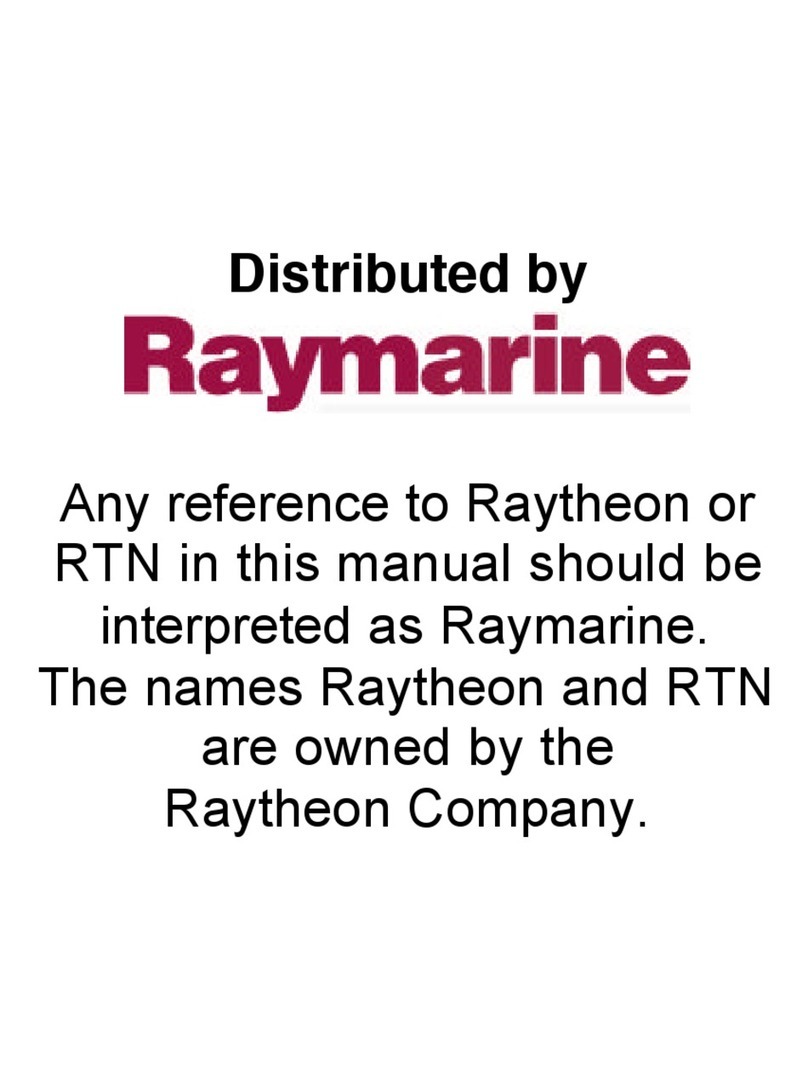
Raymarine
Raymarine ST50 plus Operation and installation
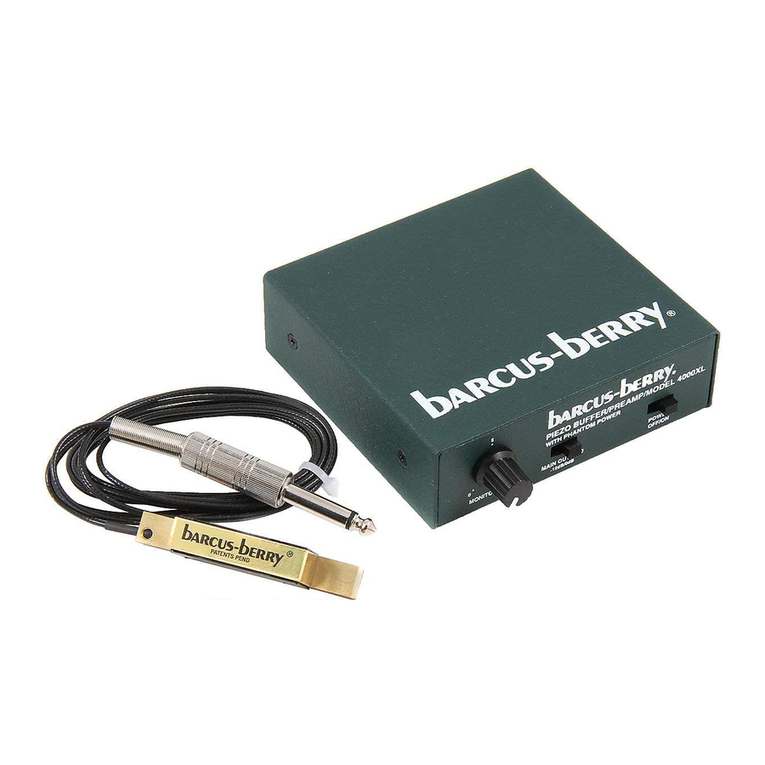
Barcus-Berry
Barcus-Berry 4000 installation guide
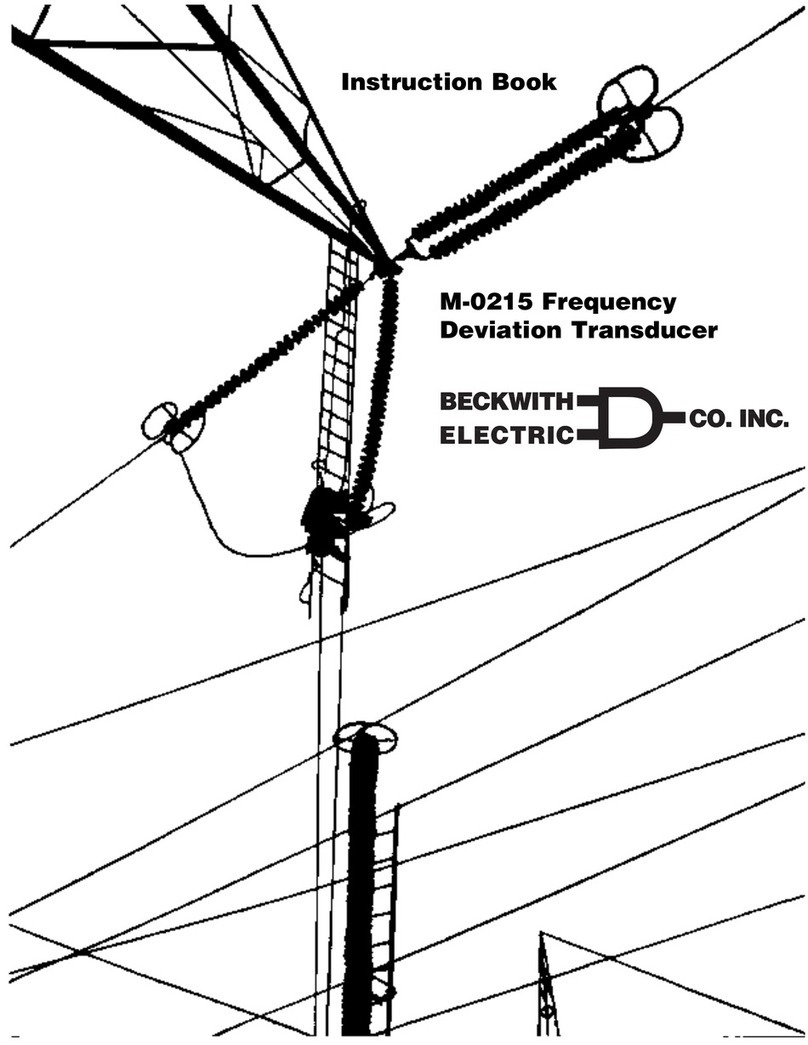
BECKWITH ELECTRIC
BECKWITH ELECTRIC M-0215 Instruction book
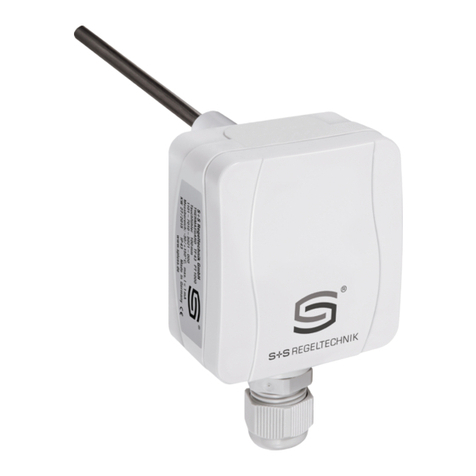
S+S Regeltechnik
S+S Regeltechnik THERMASGARD TM 43 Series Operating Instructions, Mounting & Installation

